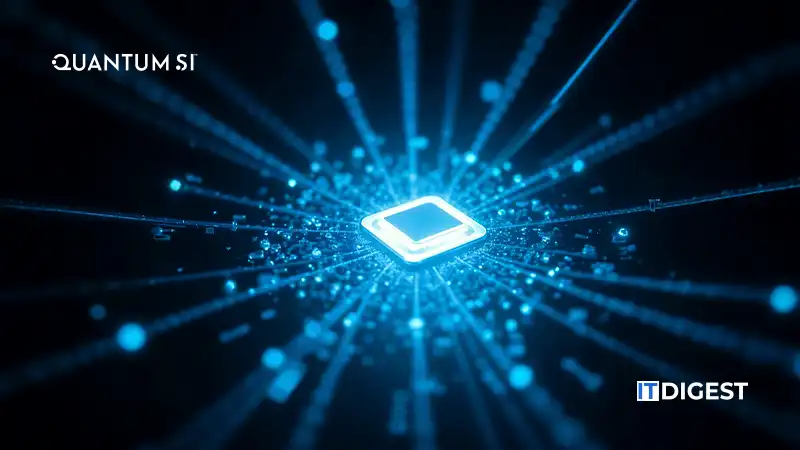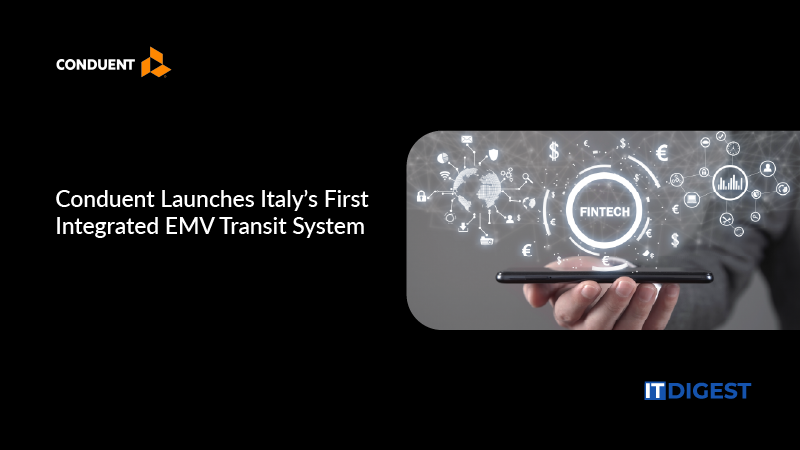WiMi Hologram Cloud Inc., a global leader in Hologram Augmented Reality (“AR”) technology, has announced the development of a groundbreaking holographic quantum algorithm designed to simulate highly correlated spin systems. This cutting-edge innovation enhances efficiency in ground state preparation and dynamic evolution while significantly minimizing the demand for quantum bit resources.
Addressing a Key Challenge in Quantum Computing
The study of spin systems is fundamental in quantum physics and material science, but accurately simulating these highly entangled quantum states requires an extensive number of quantum bits. Traditional quantum simulation methods for two-dimensional and three-dimensional systems often necessitate an exponentially growing number of quantum bits, presenting a significant challenge for current quantum computing hardware. Effectively addressing this complexity with limited quantum bit resources has been a persistent issue in the field.
The Holographic Quantum Algorithm: A Revolutionary Approach
WiMi’s innovative holographic quantum algorithm leverages the equivalence between matrix product states (MPS) and quantum channels. By employing partial measurements and quantum bit reuse techniques, it drastically reduces the number of quantum bits required for simulations. The algorithm introduces several key breakthroughs:
- Quantum Bit Reuse Strategy: By leveraging the compact representation of matrix product states, the algorithm maps D-dimensional spin systems to quantum computing architectures that require only (D-1) quantum bits and an auxiliary quantum bit register. This ensures that the number of quantum bits scales logarithmically with the entanglement of the simulated state, rather than following a non-linear or exponential growth pattern.
- Holographic Variational Quantum Eigensolver (holoVQE): This method directly prepares the system’s ground state from a known MPS representation or optimizes ground state energy using holoVQE. By combining quantum computing techniques with classical optimization, the approach allows for precise determination of ground state energies, particularly for infinite-chain systems.
- Efficient Time Evolution Implementation: The algorithm introduces additional overhead in the quantum channel to simulate MPS dynamics under the influence of a local Hamiltonian within time t. This provides a powerful mechanism for studying thermalization dynamics and rapid entanglement growth.
Also read: Aramco, Armada, Microsoft Launch First Industrial Cloud
Real-World Application and Quantum Hardware Integration
One of the most notable advantages of WiMi’s holographic quantum algorithm is its ability to perform high-efficiency quantum simulations using minimal quantum resources. When implemented on hardware such as ion-trap quantum computers, the algorithm successfully simulated the antiferromagnetic Heisenberg chain, achieving accurate calculations of the infinite-chain ground state energy using just two pairs of quantum bits.
By utilizing the relationship between MPS and quantum channels, WiMi’s technology decomposes global quantum states into a series of low-rank tensor products. This decomposition enables the algorithm to efficiently simulate complex quantum systems with quantum bit requirements that are proportional to the logarithm of entanglement entropy.
Key features of this approach include:
- Partial Measurements and Quantum Bit Reuse: The algorithm performs partial measurements on subsystems and reuses the measured quantum bits, significantly conserving quantum resources while preserving the system’s entanglement structure.
- Variational Optimization for Ground State Energy: The holoVQE algorithm reformulates the ground state energy problem as a variational optimization challenge. By initializing a quantum state as a random MPS, applying a parameterized quantum circuit, and iteratively minimizing the expected energy value through classical optimization, the system can efficiently converge to an accurate ground state energy.
- Enhanced Computational Efficiency and Accuracy: Through Trotter decomposition and time-step iteration, the algorithm refines computational efficiency and precision in time evolution simulations.
Pioneering the Future of Quantum Computing
The development and successful validation of WiMi’s holographic quantum algorithm mark a significant advancement in quantum computing. This innovation not only reduces resource requirements for simulating complex quantum systems but also serves as a powerful tool for exploring highly entangled quantum states and rapid entanglement growth phenomena. Researchers can now investigate the ground states of two-dimensional and three-dimensional spin systems with greater efficiency, even when faced with hardware limitations.
Looking ahead, WiMi’s research team plans to enhance the capabilities of the holographic quantum algorithm by expanding its applicability and refining variational quantum eigensolver techniques to improve precision and efficiency further. Additionally, the integration of this technology with emerging quantum hardware opens the door to new practical applications.
As quantum computing continues to advance at a rapid pace, WiMi’s pioneering work in holographic quantum algorithms represents a major milestone. This breakthrough not only showcases an innovative approach to quantum algorithm design but also lays a strong foundation for the broader adoption and practical implementation of quantum computing technology.
































